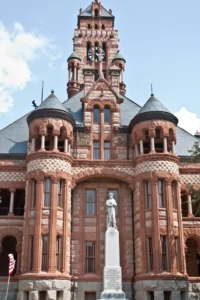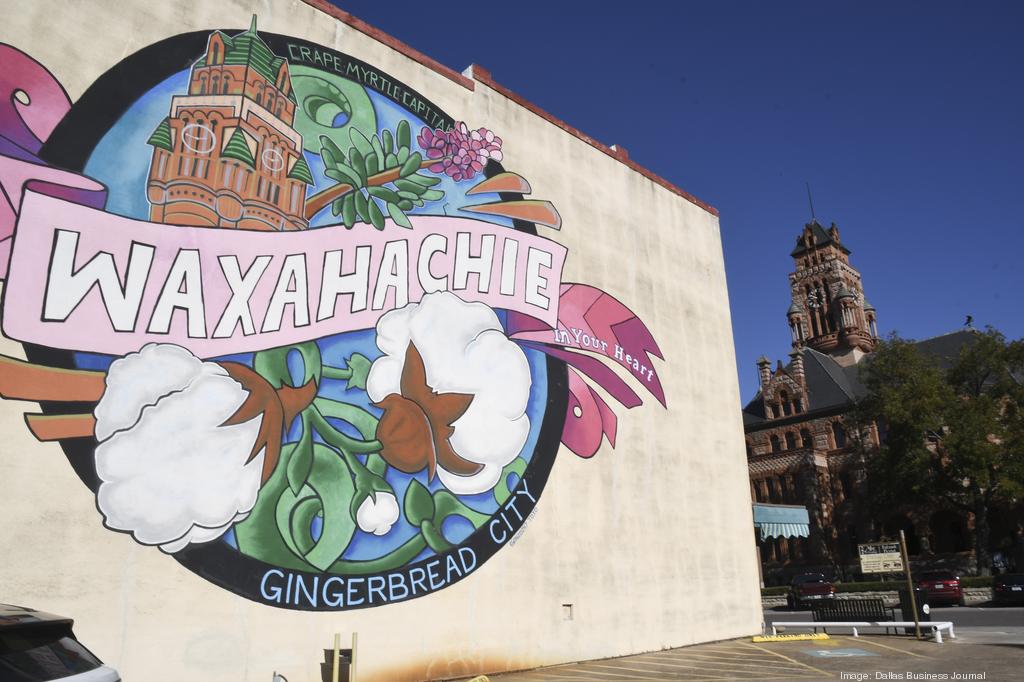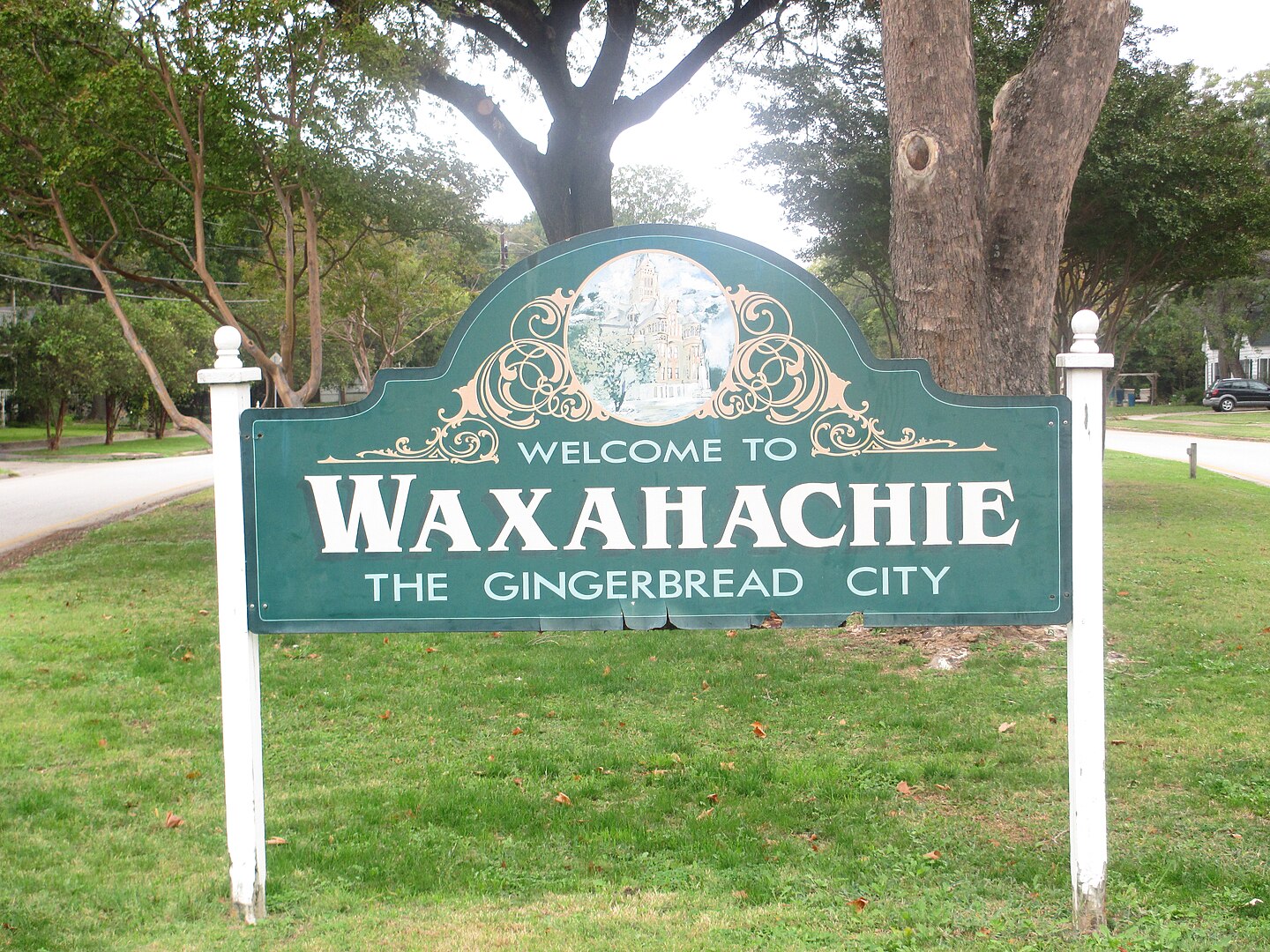Welcome to Waxahachie, Texas—a vibrant North Texas community renowned for its historic charm, growing economy, and richly woven cultural tapestry. As the county seat of Ellis County, Waxahachie is home to an estimated 43,368 residents as of 2021, up from 41,140 in the 2020 Census, reflecting steady growth in this flourishing city (Wikipedia).
A Brief History
Founded in August 1850 on land donated by early settler Emory W. Rogers, Waxahachie was incorporated in April 1871. Its name—believed to derive from a Native American word meaning “river of corn”—echoes its agricultural roots. In 1875, the arrival of the Waxahachie Tap Railroad spurred population and commerce, and by the mid-20th century the city even served as the site of Trinity University until its relocation to San Antonio in 1942 (Wikipedia).
Geography & Climate
Nestled approximately 30 miles south of Dallas in North Central Texas, Waxahachie covers about 50.7 square miles—of which 1.23 square miles is water (Wikipedia). The city sits at an elevation of 623 feet and experiences a humid subtropical climate (Köppen “Cfa”), characterized by hot, humid summers and mild winters, making it ideal for year-round outdoor activities .
Government & Regional Collaboration
Waxahachie operates under a council–manager government, with Mayor Billie Wallace and a five-member city council at the helm (Wikipedia). The city is a voluntary member of the North Central Texas Council of Governments (NCTCOG), a regional planning association serving 16 counties and 169 local governments, which fosters cooperation on transportation, environmental management, and emergency preparedness (Wikipedia). As county seat for Ellis County, Waxahachie TX has several courts and courthouses. For information on the various courts, visit Ellis County Courts Information.

Economy & Industry
The Waxahachie economy thrives on a mix of manufacturing and service sectors. Major industrial employers like Owens Corning, Georgia-Pacific, International Paper, and Berry Global operate nearby, while non-industrial anchors include Baylor Scott & White Health, Waxahachie Independent School District, and Navarro College. This diversified base continues to attract investment and skilled workers to Ellis County (Wikipedia).
Arts, Culture & Annual Events
Waxahachie’s downtown is famed for its Victorian and “Gingerbread” architecture, anchored by the majestic Richardsonian Romanesque Ellis County Courthouse. Each spring, the Scarborough Renaissance Festival draws tens of thousands to its period-themed grounds, and autumn’s Gingerbread Trail invites visitors to tour 40+ decorated historic homes. The Crossroads of Texas Festival and Bethlehem Revisited further showcase the city’s community spirit and artistic heritage (Wikipedia).
Waxahachie is known as “The Gingerbread City” for its well-preserved Victorian architecture and “The Crape Myrtle Capital of Texas” due to the abundant crape myrtle trees that line its historic streets and are celebrated each summer. These nicknames highlight the city’s historic charm, including its beautiful homes and vibrant floral displays, alongside its connection to cinema as “The Best Little Hollywood in Texas”.
Why “Gingerbread City”?
- Waxahachie is home to numerous historic “gingerbread” homes and buildings with ornate Victorian architecture, many dating back to the late 19th century.
- The Texas Historical Commission recognizes the city for its commitment to historic preservation.
Why “Crape Myrtle Capital of Texas”?
- The city’s historic streets are lined with hundreds of beautiful crape myrtle trees.
- These trees are a popular fixture, blooming in vibrant colors during the hot Texas summers, and are celebrated with a festival and driving trail.
- The Texas Legislature designated Waxahachie as the official “Crape Myrtle Capital of Texas” in 1997.

Beyond the Nicknames:
- Waxahachie also earned the moniker “The Best Little Hollywood in Texas” because multiple films, including Oscar-winners like Places in the Heart, were filmed there.
- Visitors can enjoy cultural events such as the Gingerbread Trail, the Crape Myrtle Festival, and the Scarborough Renaissance Festival.
Parks, Recreation & Lake Waxahachie
Outdoor enthusiasts enjoy five city parks—including Spring Park and Getzendaner Memorial Park—and Lake Waxahachie, a 656-acre reservoir managed by Ellis County Water Control and Improvement District No. 1. The lake offers boating, camping, and fishing (notably white bass, largemouth bass, and crappie), with multiple public access ramps and year-round availability (Texas Water Development Board, tpwd.texas.gov).
Education & Community Resources
Serving nearly the entire city, Waxahachie ISD operates eight elementary schools, three middle schools, and two high schools offering AP and dual-credit courses. Nelson University and Navarro College provide higher-education pathways, while nearby Life School charter campus and Red Oak, Ferris, and Midlothian ISDs broaden educational options for families (Wikipedia).
Recognition & Looking Ahead
In 2024, Waxahachie was certified a “Tourism Friendly Texas” community by the State, acknowledging its year-round events, hospitable atmosphere, and commitment to economic growth (gov.texas.gov). As Waxahachie continues to evolve, it remains rooted in its rich history—offering residents and visitors alike the best of small-town charm, modern amenities, and North Texas dynamism.
